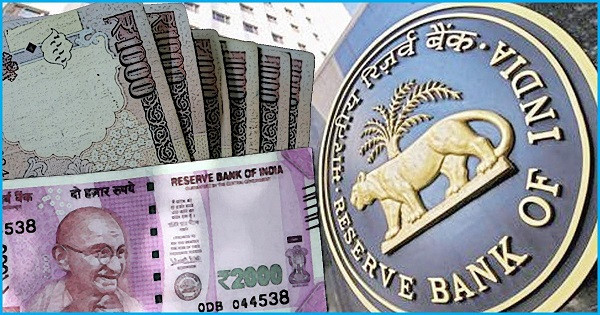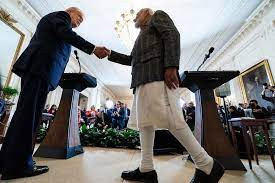Reserve Bank of India Reveals 50% Return Rate of Rs 2,000 Notes in Circulation

IIE Digital Desk : The Reserve Bank of India (RBI) has disclosed a startling statistic, indicating that approximately 50% of the Rs 2,000 currency notes currently in circulation have been returned to the banking system. This revelation has raised eyebrows and sparked discussions regarding the effectiveness of demonetization and the usage patterns of high-value currency denominations. According to the RBI's data, the return rate of the Rs 2,000 notes has reached the halfway mark, signifying a substantial influx of these notes back into the formal financial system. This development comes as a surprise, considering the initial objective behind the demonetization exercise that took place a few years ago, which aimed to curb black money and reduce the circulation of counterfeit currency. The figures released by the central bank highlight the need for a thorough analysis of the usage patterns and rationale behind the return of such a significant portion of the high-value notes. The government and financial experts are now keen on understanding the factors driving the re-entry of these notes into circulation and the implications it may have on the overall economy.
The return rate of the Rs 2,000 notes could potentially indicate various scenarios. It could suggest that individuals and entities are using these notes predominantly for legitimate transactions and, subsequently, depositing them back into the banking system. Alternatively, it could also imply that the original objectives of demonetization, such as curbing black money and eliminating counterfeit currency, may not have been achieved to the desired extent. This revelation has ignited a renewed debate among policymakers and economists, with opinions divided on the effectiveness of the demonetization drive. While some argue that the influx of returned notes demonstrates the success of the initiative in bringing unaccounted wealth into the formal system, others contend that the large proportion of notes back in circulation questions the overall impact and long-term benefits of demonetization.
In response to the recent findings, the RBI has announced its intent to conduct a comprehensive study to delve deeper into the patterns and implications of the return rate. The analysis will aim to shed light on the usage behavior of the Rs 2,000 notes and the potential implications for future currency policies and financial regulations. As the discussions surrounding the return rate of the Rs 2,000 notes gain momentum, it is crucial for policymakers to assess the overall effectiveness of demonetization and devise strategies to address the underlying challenges in curbing black money and ensuring the integrity of the Indian currency system.
The RBI's revelation serves as a stark reminder of the complexities involved in implementing large-scale monetary reforms and underscores the importance of continually evaluating and refining financial policies to adapt to evolving economic dynamics. In the coming weeks, experts and economists will closely monitor the outcome of the RBI's study, eagerly awaiting insights that could inform future policy decisions and potentially shape the path of the Indian economy.
You might also like!
















